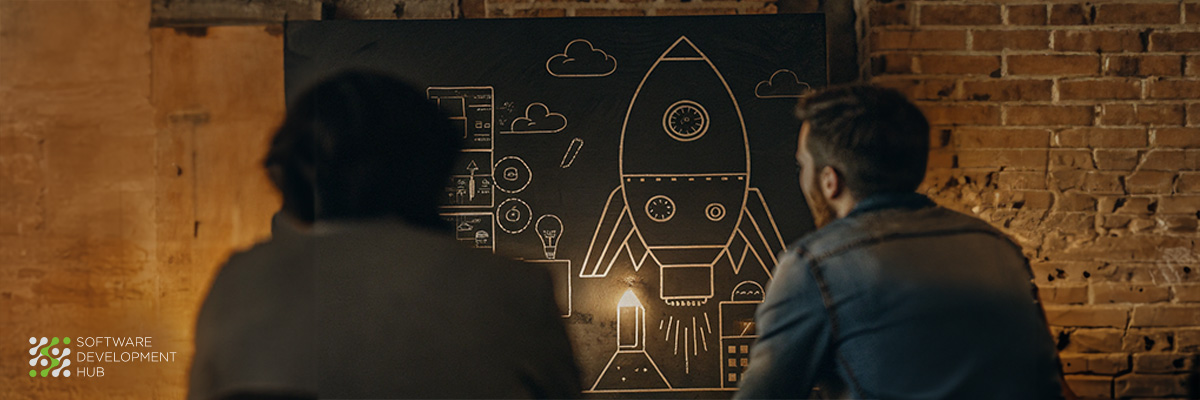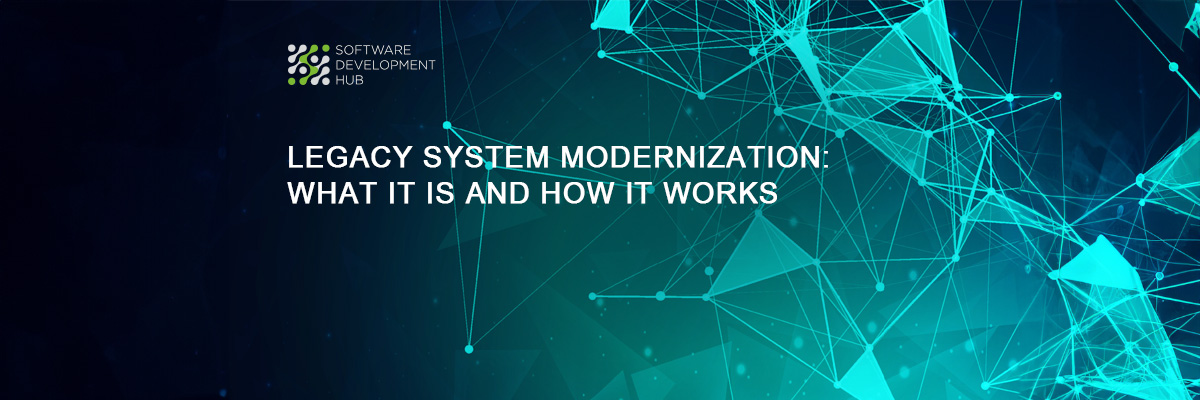Development cooperation models: dedicated team vs fixed cost , flex scope, time & materials
One of the most important decisions at the start of a software development project will be the choice of cooperation model. Different project types, team dynamics, and business goals call for different models. Among the most popular models are Dedicated Team, Fixed Cost / Flex Scope, and Time & Materials. Each has its own set of advantages and limitations, and thus requires an understanding of these nuances to choose which one fits your project best.
The following three models of development cooperation, including features, benefits, challenges, and how to define the best approach to meet needs, are discussed in this article.
1. Dedicated Team Model
The Dedicated Team model means engaging an external team that works solely on your project as an extension of your in-house team. This model is most appropriate for long-term, complex projects where the requirements are expected to evolve over time.
Key Features
- A dedicated team is entirely committed to your project.
- The client has full control over the team’s workflow and priorities.
- The team typically includes developers, designers, quality assurance (QA) specialists, and project managers, tailored to your project needs.
- Flexibility to adjust the team size and composition as the project progresses.
Benefits
- High Scalability: The resource team model provides much-needed scalability of resources upwards or downwards, based on the demands of a project.
- Deep Engagement: The team members become deeply familiar with your project, and thus consistency is ensured, aligned with your goals.
- Cost Transparency: You pay for the team’s time and effort without hidden costs.
- Long-Term Collaboration: Ideal for ongoing projects requiring continuous development and support.
Challenges
- Higher Management Effort: The client needs to actively manage the team’s activities.
- Time Investment: Initial onboarding and integration of the dedicated team with your processes may take time.
2. Fixed Cost / Flex Scope Model
Fixed Cost / Flex Scope balances predictability with flexibility: The budget and timeline are agreed on fixed; the scope can be flexed, but within agreed parameters. This model works best when the core of the project is defined, but iteration can bring improvement over time.
Key Features
- Fixed budget and timeline.
- Core requirements are well-defined, with room for scope flexibility.
- Frequent communication and iterations to refine features and functionality.
Benefits
- Budget Predictability: Businesses can allocate resources confidently without worrying about cost overruns.
- Controlled Scope Adjustments: Offers the ability to adapt to evolving requirements within budget constraints.
- Reduced Risk: Ensures that the project is delivered on time and within the agreed financial limits.
Challenges
- Limited Scope Flexibility: Adjustments must fit within the pre-agreed cost and timeline constraints.
- Risk of Overlooked Details: If requirements are not well-defined initially, critical features may be deprioritized.
3. Time Materials Model
The Time and Materials T&M model is very flexible; changes in scope, budget, and timeline can be accommodated as the project evolves. The client pays for the time and resources actually spent for the development, making it suitable for dynamic and exploratory projects.
Key Features
- Flexible scope and requirements.
- Charges are based on hourly rates and material costs.
- Collaboration between the client and development team is continuous and iterative.
Benefits
- Flexibility: Suited for projects with developing or undefined requirements.
- Transparency: Through regular reporting, the client will be appraised of costs and progress.
- Quick Changes: Changes can be made quickly, without the need for laborious renegotiations.
- Better Quality: It helps the developers focus on developing the best solution instead of aiming at fixed specifications.
Challenges
- Cost Uncertainty: Without clear boundaries, costs can escalate if not managed carefully.
- Higher Involvement Required: Clients must be actively involved to guide priorities and manage scope.
Comparison of the Models

How to Choose the Right Model
Selecting the right cooperation model depends on several factors, including:
- Project Complexity
- If your project is complex and long-term, the Dedicated Team model provides the flexibility and consistency needed.
- For straightforward projects with predictable requirements, the Fixed Cost / Flex Scope model works well.
- When requirements are uncertain or likely to evolve, the Time & Materials model offers the necessary adaptability.
- Budget Constraints
- For businesses with tight budgets, the Fixed Cost model ensures cost predictability.
- If the budget allows for flexibility, Dedicated Team or T&M models can offer greater customization and adaptability.
- Time-to-Market
- If speed is a priority, the Time & Materials model can accelerate development by allowing immediate changes and iterations.
- For projects with strict deadlines, Fixed Cost / Flex Scope provides a clear timeline.
- Client Involvement
- If you’re ready to invest time and effort into guiding the project, Dedicated Team or T&M models are ideal.
- For less hands-on involvement, Fixed Cost / Flex Scope provides a more structured approach.
Conclusion
Each of the cooperation models-Dedicated Team, Fixed Cost / Flex Scope, and Time & Materials-has its own strengths and weaknesses. Clearly understanding your project's unique requirements, budget, timeline, and flexibility needs is critical to selecting the right approach. While the Dedicated Team model allows for long-term collaboration, the Fixed Cost / Flex Scope model offers predictability in your budget, and the Time & Materials model provides maximum adaptability.
You can choose the model that best fits your needs by carefully weighing your goals and project dynamics in terms of efficiency, minimizing risks, and successful product delivery.
Categories
Share
Need a project estimate?
Drop us a line, and we provide you with a qualified consultation.








